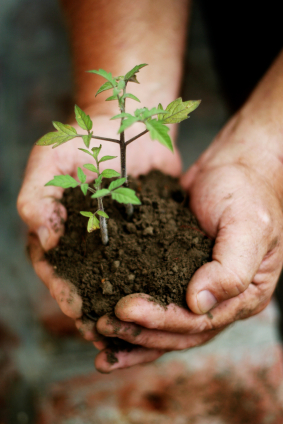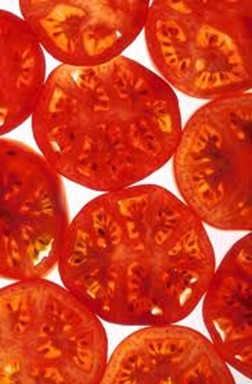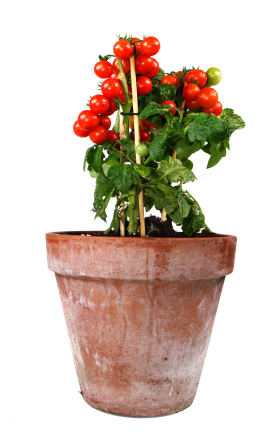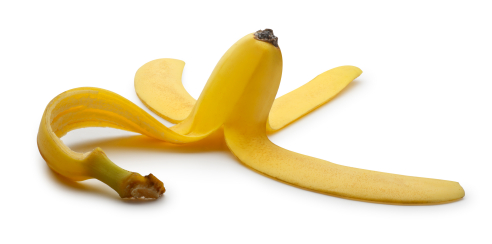Greg Christian was a chef and caterer, using the conventional foods and methods we all learned once upon a time. As he describes it now,
“In the foodservice industry, we are faced with a current reality where our foods are highly-processed with chemicals, transported long distances, produced with pesticides and fertilizers that are harming people and the environment, and packed with sugars and fats that are causing illness and disease around the world. The farmers, distributors, and cooks are struggling to survive, let alone flourish, in this system where they are paid little to provide the food that the world relies on for its survival.”
That’s the depressing picture that has dominated America’s food system for too long. But then his daughter’s illness stumped doctors and specialists, and his wife’s decision to give her local organic food led to her recovery. Eventually he was inspired to share this revelation with others. He started a zero-waste kitchen, created a school lunch program that was integrated into a garden and classrooms, and finally became a consultant to help other food service business make the same transformation. Christian envisions a major transformation:
“The ideal foodservice industry of the future will be based on local economies, where food is grown near where it is consumed, in ways that use little or no chemicals, and are then cooked with love and care from scratch, by workers who are treated fairly and respectfully for the great service they provide each of us. All people will have food, will know where their food comes from, and know that the food is real food that restores the soul—not just our bodies.”
Now Christian has put his vision for transforming food organizations into print and pixels – you can download his Manifesto here. After acknowledging that this transformation will require major changes, he gives (for free) his blueprint for change. This heartfelt manifesto for health and sustainability is about food, but the systems perspective it conveys (and the author’s candid admission of past mistakes and the obstacles change-makers face) could apply to many areas of life, and many businesses — maybe yours.






